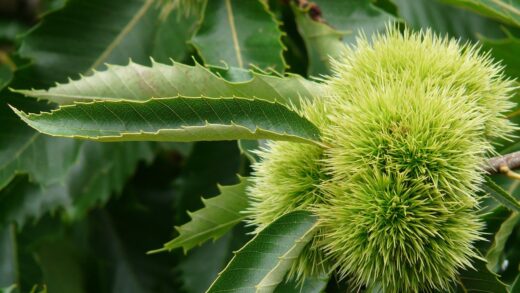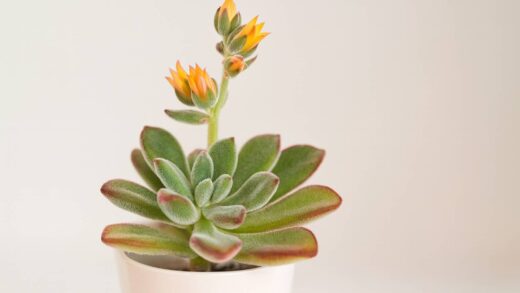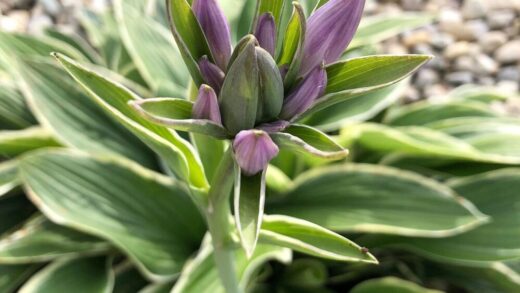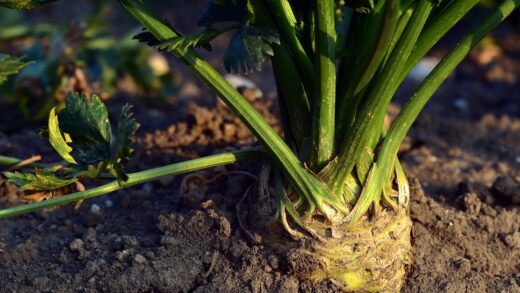The Japanese plum yew is a commendably hardy evergreen, well-suited to a range of climates and capable of weathering winter’s challenges with little fuss once established. Its inherent toughness and flexible branches, which shed snow effectively, mean that in many regions, it requires no special preparation for the dormant season. However, providing some basic overwintering care, especially for young plants, those in containers, or specimens sited in particularly exposed locations, can ensure they emerge from winter in prime condition. The primary goals of overwintering are to protect the plant from moisture loss, insulate its roots from extreme cold, and prevent physical damage from wind or snow.
Preparing the plant for dormancy
The process of preparing a Japanese plum yew for winter begins in the late summer and autumn, long before the first frost. One of the most critical steps is to cease all fertilization by mid-summer. Applying fertilizer, particularly those high in nitrogen, late in the season can encourage a flush of tender new growth. This new foliage will not have sufficient time to harden off and mature before freezing temperatures arrive, making it extremely susceptible to winter damage. Allowing the plant to naturally slow its growth and prepare for dormancy is essential for its cold hardiness.
Proper hydration is another key element of autumn preparation. Evergreens like the Japanese plum yew can lose a significant amount of moisture through their needles from winter winds, a process called transpiration. If the ground is frozen, the roots are unable to absorb water to replenish this loss, leading to desiccation and winter burn. To combat this, provide the plant with several deep, thorough waterings in the autumn after the leaves of deciduous trees have fallen but before the ground freezes solid. This ensures the plant and the surrounding soil are well-hydrated, creating a moisture reserve for the winter ahead.
A final, yet crucial, step in preparing the plant’s immediate environment for winter is a thorough cleanup of the area around its base. Rake away and dispose of any fallen leaves, twigs, and other garden debris that has accumulated around the shrub. This debris can create a damp, sheltered environment that is an ideal overwintering site for pests and fungal spores, which could then cause problems for the plant in the spring. Maintaining a clean area around the plant reduces the risk of disease and also discourages rodents like voles from nesting at the base and potentially girdling the stems under the cover of snow.
For upright varieties of Japanese plum yew that could be prone to splaying under heavy snow, you may consider providing some structural support. This is particularly relevant for younger plants whose branch structure has not yet fully strengthened. Loosely wrapping the shrub with natural jute twine or strips of burlap in a spiral fashion can help hold the branches together, preventing them from bending excessively or breaking under the weight of a heavy, wet snowfall. This support should be snug but not tight, as you want to avoid restricting air circulation or damaging the stems.
More articles on this topic
Protecting against winter burn and harsh winds
Winter burn is one of the most common forms of damage seen on evergreens in cold climates, and the Japanese plum yew is not entirely immune, especially when young or planted in an exposed location. This condition appears as brown, dry, and dead-looking foliage, typically on the side of the plant most exposed to prevailing winter winds and sun. It is caused by desiccation, where the needles lose water to the dry winter air and wind at a rate faster than the frozen roots can absorb replacement moisture. The combination of wind and winter sun can be particularly damaging.
The most effective long-term strategy for preventing winter burn is proper siting of the plant from the outset. Planting a Japanese plum yew in a location that provides natural protection from the harshest winter winds, such as on the leeward side of a building, a fence, or a grouping of larger, more robust evergreens, can eliminate the problem entirely. For existing plants in exposed locations, erecting a temporary winter screen can be highly effective. A simple screen made of burlap stapled to wooden stakes, placed on the windward side of the plant, can create a protective barrier that deflects the wind without fully enclosing the shrub.
Anti-desiccant sprays, also known as anti-transpirants, can offer another layer of protection. These are waxy emulsions that are sprayed directly onto the foliage in late autumn when temperatures are still above freezing. The spray forms a thin, protective, semi-permeable coating on the needles that helps to reduce the amount of moisture lost through transpiration during the winter. While they can be effective, they are not a substitute for proper watering in the fall and should be considered a supplemental protective measure, particularly for valuable or newly transplanted specimens.
It is important to remember that winter sun can be just as damaging as wind, as it can warm the surface of the needles and encourage water loss, even on a cold day. A well-placed burlap screen can provide protection from both wind and direct sun. The damage from winter burn is often not fully visible until the spring when temperatures rise, so even if the plant looks green all winter, taking these preventative steps in the fall is a worthwhile investment in its spring appearance and overall health.
More articles on this topic
Mulching for root insulation
The roots of a plant are generally less hardy than its stems and foliage, making them the most vulnerable part during the winter. While the ground itself provides a significant amount of insulation, extreme cold can still penetrate the soil and damage the root system, especially in areas without a consistent, insulating blanket of snow. Applying a layer of organic mulch in the autumn is a simple and highly effective way to provide extra insulation and protect the roots from severe cold and damaging freeze-thaw cycles.
After the first few light frosts but before the ground freezes solid, apply a layer of organic mulch two to four inches deep around the base of the Japanese plum yew. Good mulching materials include shredded bark, wood chips, pine straw, or shredded leaves. This layer acts like a blanket, trapping geothermal heat and helping to maintain a more stable, moderated soil temperature. This protects the roots from sudden, deep freezes and also prevents the soil from heaving during winter thaws, which can damage shallow roots.
When applying the mulch, spread it evenly over the entire root zone, which extends out to at least the dripline of the branches. It is critically important to pull the mulch back a few inches from the main stem or trunk of the shrub. Piling mulch directly against the stem can trap excess moisture, which can lead to bark decay, fungal diseases, and create a welcoming environment for rodents that might chew on the bark during the winter. Creating a small “donut” shape with the mulch ensures the crown of the plant stays dry and has good air circulation.
In the spring, as the ground thaws and new growth begins to emerge, it is a good idea to check the mulch layer. You may need to gently pull some of it back to allow the soil to warm up more quickly. However, leaving a consistent two- to three-inch layer throughout the growing season will continue to provide benefits, such as conserving moisture, suppressing weeds, and gradually adding organic matter to the soil as it decomposes. This simple annual mulching practice is one of the best things you can do for the year-round health of the plant.
Winter care for container-grown specimens
Japanese plum yews grown in containers face a much greater risk during the winter than their in-ground counterparts because their roots are completely exposed to the ambient air temperature. In a container, the soil can freeze solid much more quickly and reach far colder temperatures than the ground, which can easily kill the plant’s root system, even if the plant is rated as hardy for your climate zone. Therefore, providing adequate root protection for containerized specimens is not optional; it is essential for their survival in any region with freezing winter temperatures.
The most reliable method for overwintering a potted Japanese plum yew is to move it into a sheltered, unheated location for the duration of the coldest months. An unheated garage, a shed, or a protected, enclosed porch are ideal locations. The goal is to keep the roots from freezing solid while still allowing the plant to remain dormant. The location should be dark or have very low light to prevent the plant from trying to break dormancy too early. The soil in the pot should be checked periodically throughout the winter and watered lightly only if it becomes completely dry.
If moving the container is not feasible due to its size or weight, you can take steps to insulate it in place. One common technique is to group the container together with other large pots against a protected wall of the house, preferably with a northern or eastern exposure to avoid winter sun. You can then surround the group of pots with a cage of chicken wire and loosely fill the cage with insulating material like fallen leaves or straw. Another method is to wrap the pot itself with multiple layers of burlap or bubble wrap to provide a thermal barrier.
For smaller pots, the “pot-in-pot” method can be used. This involves sinking the container directly into a vacant spot in a garden bed for the winter. The surrounding soil provides excellent insulation for the roots, effectively mimicking the conditions of an in-ground plant. Regardless of the method chosen, it is also important to ensure the pot is not sitting in a location where it will become waterlogged from melting snow or winter rain, as the combination of cold and wet is particularly lethal to the roots.
📷: A. Barra, CC BY-SA 4.0, via Wikimedia Commons


















